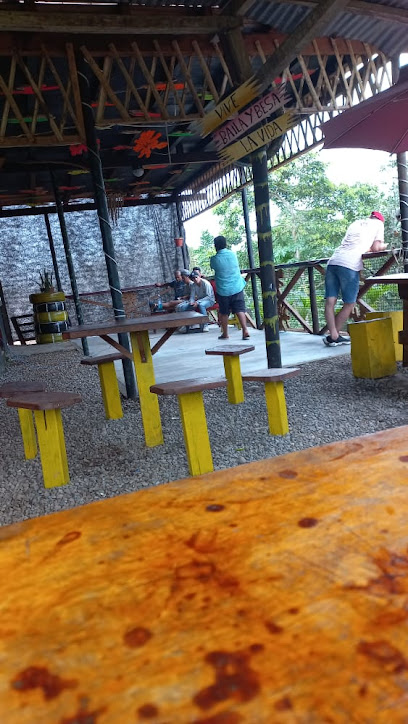
Discover the Untamed Beauty of Parque Nacional Yasuní
Explore Parque Nacional Yasuní, Ecuador's rich biodiversity hotspot, where adventure meets indigenous culture in the heart of the Amazon rainforest.
Parque Nacional Yasuní is a breathtaking expanse of rich biodiversity and indigenous culture, offering tourists a unique opportunity to explore the heart of the Amazon rainforest in Ecuador. A haven for wildlife lovers and adventure seekers alike, this national park is a UNESCO biosphere reserve, teeming with exotic flora and fauna, making it a must-visit destination for eco-tourists.
A brief summary to Parque Nacional Yasuní
- 8WVH+GQP, EC
- +5936-288-2500
- Visit website
Local tips
- Plan your visit during the dry season (June to September) for the best weather conditions and accessibility.
- Hire a local guide to enhance your experience with expert knowledge about the flora, fauna, and local cultures.
- Bring insect repellent and lightweight, breathable clothing to stay comfortable while exploring the rainforest.
- Consider eco-lodges for accommodation, which support local communities and conservation efforts.
- Respect the local customs and natural environment to ensure a positive experience for both visitors and residents.
Getting There
-
Car
From Cuyabeno Wildlife Reserve, take the road heading south towards the town of El Coca (Coca). The journey is approximately 2 hours, covering a distance of about 100 kilometers. Upon reaching El Coca, follow signs to the Napo River. You will need to park your car at one of the designated parking areas near the river, as private vehicles are not permitted to enter the park. Parking fees may apply, usually around $5 to $10 per day.
-
Public Transportation
From Cuyabeno Wildlife Reserve, you can take a bus or organized transport to El Coca. Buses operate regularly, and the journey takes roughly 2 to 3 hours. Once you arrive in El Coca, head to the Napo River docks. You will need to hire a canoe or take a guided boat tour to reach Parque Nacional Yasuní. Expect to pay around $20 to $50 for the boat ride, depending on the provider and the length of the journey.
-
Boat
After reaching El Coca and parking your vehicle or arriving via bus, make your way to the Napo River docks. Look for boat services that offer transfers to Parque Nacional Yasuní. The boat ride typically takes about 1 to 3 hours, depending on your final destination within the park. Ensure you confirm the fare beforehand, which can range from $20 to $50.
-
Guided Tour
Consider booking a guided tour that includes transportation from Cuyabeno Wildlife Reserve to Parque Nacional Yasuní. These tours typically handle all logistics, including car or bus transport to El Coca, boat transfers to the park, and a guided experience within the park. Prices for these tours can vary widely, starting from approximately $100 per person, depending on the inclusions.
Discover more about Parque Nacional Yasuní
Iconic landmarks you can’t miss
Eden Amazon Lodge
12.3 km
Discover the magic of the Amazon rainforest at Eden Amazon Lodge, where adventure meets tranquility in an eco-friendly paradise.
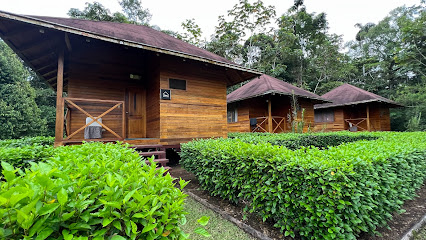
Sani Lodge
33.5 km
Discover the heart of the Amazon at Sani Lodge, where adventure meets eco-friendly comfort in the lush Ecuadorian rainforest.

La Selva Eco-lodge & Retreat
38.0 km
Experience the Amazon like never before at La Selva Eco-lodge & Retreat, where luxury meets nature in a breathtaking rainforest setting.

Sacha Lodge
47.8 km
Experience the lush Amazon rainforest at Sacha Lodge, an ecolodge offering guided tours, wildlife encounters, and sustainable luxury in Ecuador.

Anakonda Amazon Cruises
52.2 km
Discover the breathtaking beauty and rich biodiversity of the Amazon River with Anakonda Amazon Cruises, where luxury meets adventure.
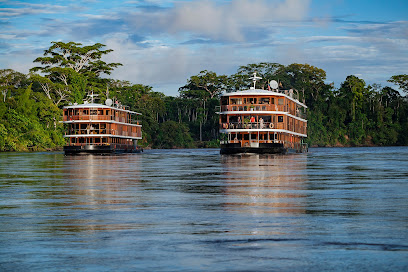
Waita Lodge
54.9 km
Discover the serene beauty of Waita Lodge in Puerto Montúfar, a perfect escape for nature lovers and tranquility seekers.
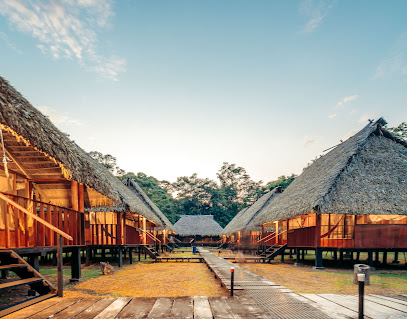
Canangueno Lodge
60.9 km
Experience the enchanting beauty of the Amazon at Canangueno Lodge, your perfect eco-friendly retreat in Ecuador's Cuyabeno region.
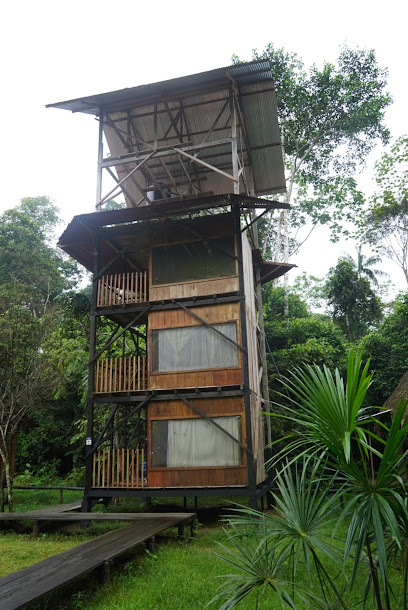
Jamu Lodge
63.6 km
Discover the magic of the Amazon at Jamu Lodge, where comfort meets adventure in the heart of Ecuador’s lush rainforest.
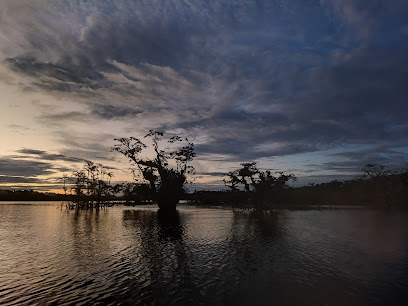
Amazon Lodge Pompeya
64.1 km
Discover the serene beauty and rich biodiversity of the Amazon rainforest at Amazon Lodge Pompeya, your eco-friendly retreat in Yasuni National Park.

Nicky Amazon Lodge
66.0 km
Experience the wonders of the Amazon at Nicky Amazon Lodge, an eco-friendly retreat in Cuyabeno Wildlife Reserve, Ecuador.

Tucan Lodge Cuyabeno
66.7 km
Experience the tranquility and adventure of the Amazon rainforest at Tucan Lodge Cuyabeno, where nature and comfort meet in perfect harmony.
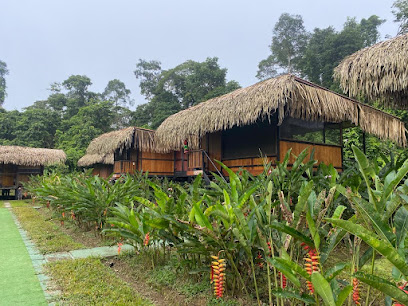
Green Forest Ecolodge Cuyabeno
68.6 km
Discover the breathtaking biodiversity of Cuyabeno at Green Forest Ecolodge, your eco-friendly escape in the heart of the Amazon rainforest.
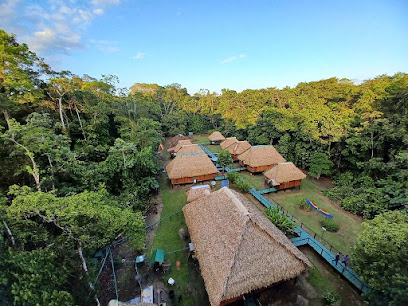
Cuyabeno Dolphin Lodge
68.7 km
Discover the tranquility of the Amazon at Cuyabeno Dolphin Lodge, where nature meets comfort in a vibrant ecosystem.
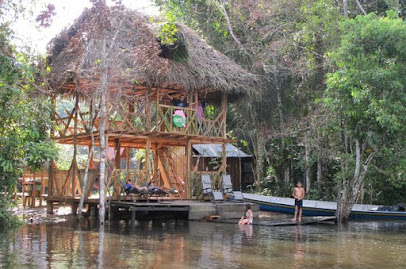
Cuyabeno Lodge
72.9 km
Explore the Amazon's breathtaking biodiversity at Cuyabeno Lodge, your eco-friendly refuge in Ecuador's stunning Cuyabeno Wildlife Reserve.
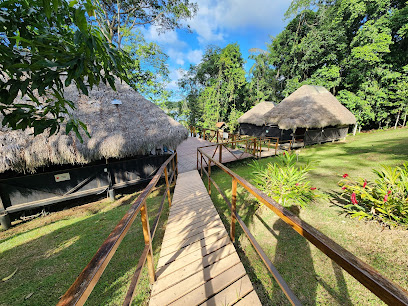
Cuyabeno River Lodge
74.8 km
Experience the lush biodiversity of Cuyabeno Wildlife Reserve at Cuyabeno River Lodge, your eco-friendly retreat in the heart of the Amazon rainforest.
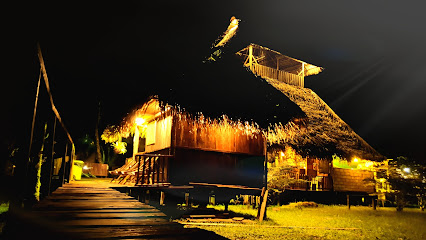
Unmissable attractions to see
Tiputini Biodiversity Station
9.0 km
Discover the unmatched biodiversity of Tiputini Biodiversity Station, your gateway to the Amazon rainforest's enchanting wildlife and lush landscapes.
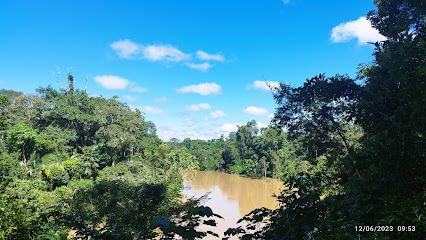
Laguna Pañacocha
29.7 km
Explore the breathtaking beauty of Laguna Pañacocha, Ecuador's hidden gem with rich biodiversity and serene landscapes.
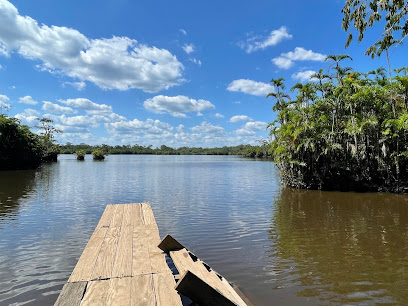
Territorio Étnico Waorani
37.7 km
Experience the breathtaking biodiversity and rich culture at the Territorio Étnico Waorani, a stunning nature preserve in the heart of the Amazon.

Saladero de Añangu (Pericos)
38.8 km
Explore the mesmerizing Saladero de Añangu (Pericos), a nature lover's paradise in Ecuador, showcasing rich biodiversity and stunning landscapes.
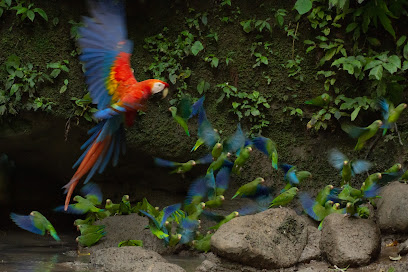
Napo Wildlife Center Ecolodge
43.6 km
Experience the beauty of the Amazon at the Napo Wildlife Center Ecolodge, where adventure meets eco-friendly luxury in the heart of Ecuador.
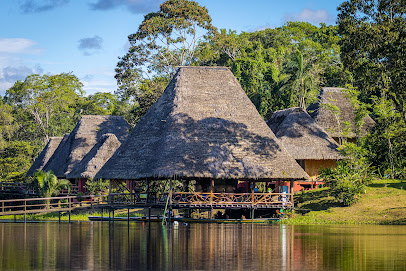
Waita Amazon Lodge
52.8 km
Discover the enchanting rainforest at Waita Amazon Lodge, where adventure and sustainability meet in the heart of the Cuyabeno Wildlife Reserve.
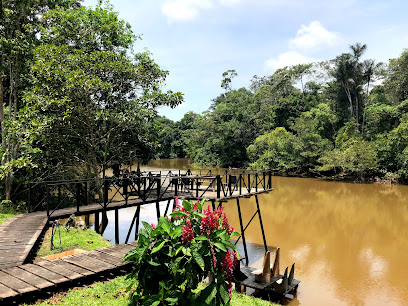
Reserva de producción de Fauna Cuyabeno
55.5 km
Discover the enchanting Cuyabeno Wildlife Reserve, a breathtaking Amazonian paradise teeming with wildlife and rich cultural heritage.
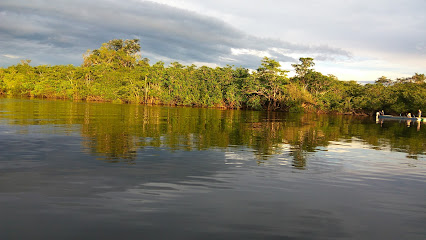
Limoncocha National Biological Reserve
66.8 km
Discover the breathtaking biodiversity and serene landscapes of Limoncocha National Biological Reserve in Ecuador's Amazon rainforest.
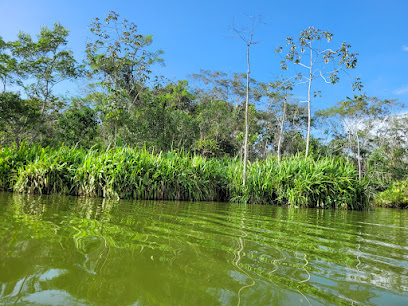
Cuyabeno Wildlife Center
67.4 km
Experience the unparalleled beauty and biodiversity of the Amazon at Cuyabeno Wildlife Center, your gateway to the wonders of Ecuador's rainforest.

Cendero Amarun Yaku
68.8 km
Explore the breathtaking beauty of Cendero Amarun Yaku, a stunning Amazon rainforest trail in Limoncocha, Ecuador, perfect for nature lovers and adventurers.
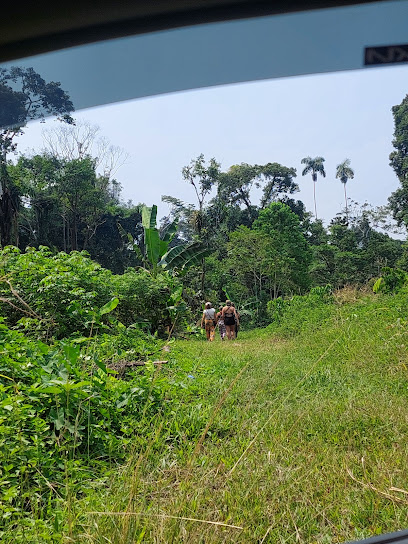
Caiman Lodge
72.8 km
Explore the breathtaking Caiman Lodge in Cuyabeno Wildlife Reserve for an unforgettable Amazonian adventure amidst rich biodiversity and luxurious eco-friendly comfort.

El Puente Cuyabeno
74.7 km
Explore the lush biodiversity of El Puente Cuyabeno, where nature's beauty and adventure await in Ecuador's Amazon rainforest.
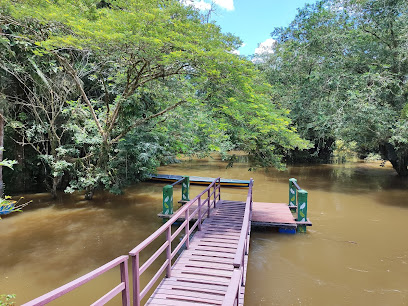
Cuyabeno River
74.7 km
Experience the enchanting beauty of Cuyabeno River, a serene escape into Ecuador's Amazon rainforest, rich in wildlife and natural wonders.
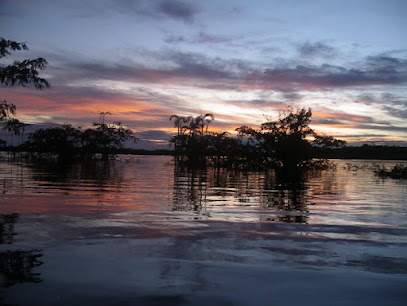
Very close to the equator
75.0 km
Experience the allure of the equator with breathtaking landscapes and rich cultural heritage at this unique tourist attraction.

Yasuní River
80.7 km
Explore the breathtaking beauty and rich biodiversity of the Yasuní River, a must-visit destination in the Ecuadorian Amazon rainforest.

Markets, malls and hidden boutiques
Kichwa Lodge
50.8 km
Discover the beauty of the Amazon at Kichwa Lodge, your eco-friendly retreat in Cuyabeno Wildlife Reserve, Ecuador.
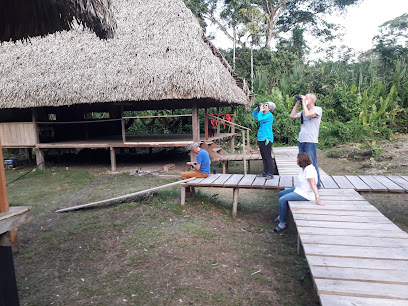
Aguas Negras River Lodge
54.6 km
Discover the pristine beauty of Ecuador’s Amazon at Aguas Negras River Lodge, where adventure meets tranquility in a sustainable retreat.
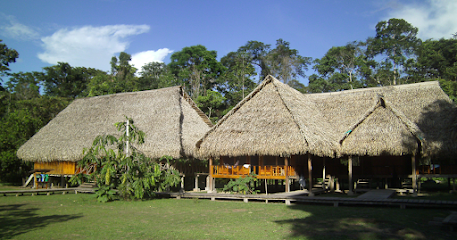
Cuyabeno
64.2 km
Discover the serene beauty and spiritual depth of Cuyabeno, a sacred place of worship in the heart of Tipishca, Ecuador.
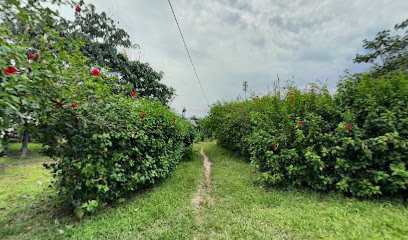
SEBASTIAN SHOPPING
66.8 km
Explore the vibrant world of women's fashion at Sebastian Shopping in Tarapoa, Ecuador, where local style meets contemporary trends.
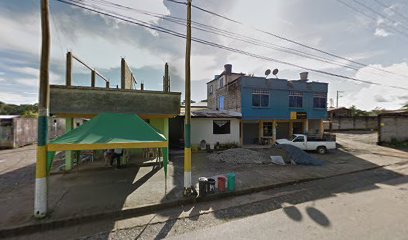
Tapir Lodge
69.5 km
Experience the incredible biodiversity of the Amazon at Tapir Lodge, an eco-friendly retreat in Cuyabeno Wildlife Reserve.

Guacamayo Lodge
70.2 km
Immerse yourself in the Amazon's beauty at Guacamayo Lodge, an eco-friendly retreat in the heart of Reserva Faunística Cuyabeno.

Bamboo Lodge
72.8 km
Immerse yourself in the breathtaking biodiversity of Cuyabeno at Bamboo Lodge, where nature and comfort meet in perfect harmony.
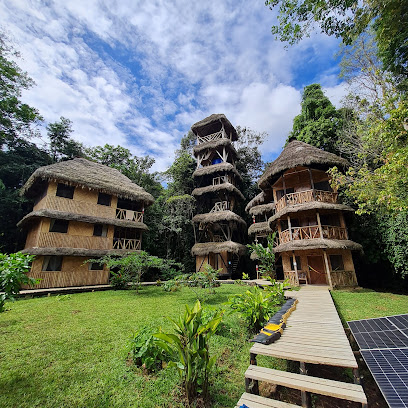
Siona Lodge
73.3 km
Experience the Amazon's beauty at Siona Lodge, where comfort meets adventure in Ecuador's stunning Cuyabeno Reserve.
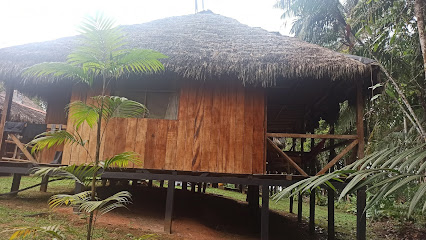
AGRO ORIENTE
82.7 km
Explore Agro Oriente in Shushufindi for an authentic shopping experience showcasing local crafts, foods, and Ecuadorian culture.
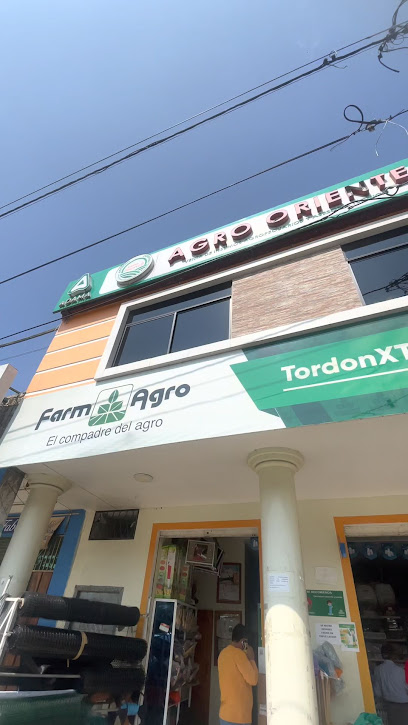
Tienda de tabla junto al puente de la cancha puerto ospina
91.1 km
Discover local flavors and cultural treasures at Tienda de Tabla, the charming grocery store by the bridge in Puerto Ospina.
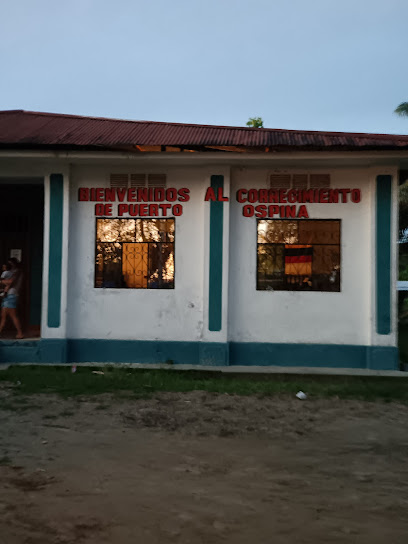
VARIEDADES MARTICA
91.1 km
Explore the best of local fashion at Variedades Martica in Puerto Ospina, Leguizamo - a treasure trove of authentic Colombian clothing.

Aromas del Yasuni
99.1 km
Experience the rich flavors of Ecuadorian cocoa at Aromas del Yasuni, a chocolate cafe in Coca where every treat tells a story.
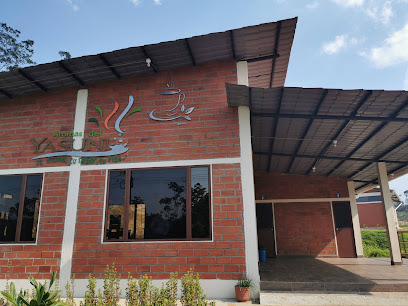
Essential bars & hidden hideouts
Piranha Ecolodge
70.3 km
Experience the lush biodiversity of Ecuador at Piranha Ecolodge, where comfort meets nature in a sustainable paradise.

Vulcano Grill
82.6 km
Experience the essence of Ecuadorian cuisine at Vulcano Grill, where authentic flavors meet local hospitality in Shushufindi.
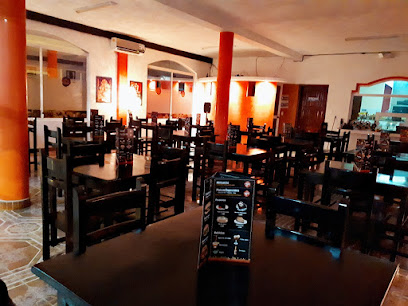
SLYTER BAR KARAOKE
82.6 km
Discover the vibrant nightlife and karaoke fun at SLYTER BAR KARAOKE in Shushufindi, the perfect spot for music lovers and party enthusiasts.

CANCHA VOLLEY OLIVER BAR CALLE 9 O.C
97.1 km
Experience the vibrant culture and refreshing drinks at Cancha Volley Oliver Bar in Coca, Ecuador - a must-visit for any traveler!
